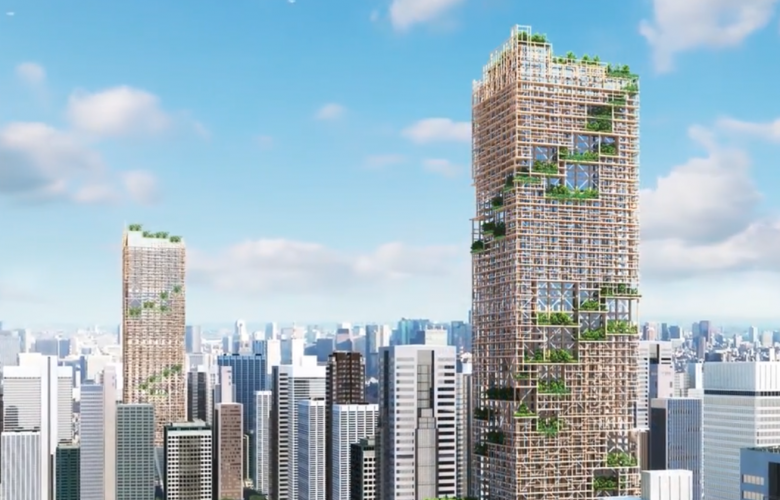On April 22nd, the Cabinet of Japan approved the Bill for the Partial Revision of the Law Concerning the Improvement of Energy Consumption Performance of Buildings to Contribute to the Realisation of a Decarbonized Society.
The law accelerates energy-saving measures in the building sector in order to achieve carbon neutrality by 2050 and a 46% reduction in greenhouse gas emissions by 2030 compared to 2013 levels.
Conformity to energy conservation standards, which are currently limited to non-residential buildings with a floor area of 300 square metres or more, will be mandatory for all new residential and non-residential buildings from 2025 onward.
By expanding the Top Runner Programme and promoting the display of energy-saving performance at the time of sale or lease, new construction after 2025 will be guided toward the ZEH/ZEB level.
According to FuturePolicy.org, “Japan’s Top Runner Programme, introduced in 1999, is a set of energy efficiency standards for energy intensive products, such as home appliances and motor vehicles. As of 2014, the programme involved 23 product categories. Products are included due to either their high energy or widespread use or their substantial scope for improving energy efficiency. Energy efficiency targets are set to be achieved within a given number of years on the basis of the most efficient model on the market (the ‘Top Runner’).”
While the Ministry of the Environment (METI) has the power to disclose companies that fail to meet targets and issue orders and fines, as of January of 2021, no fines nor orders were issued as targets have been met or exceeded.
According to FuturePolicy.org, “Manufacturers highly support the programme, since they are directly involved in setting the targets and energy efficiency is considered to be a competitive advantage.”
Additionally, to promote energy-saving renovation of inventory and the introduction of renewable energy equipment, a low-interest loan program will be established by the Japan Housing Finance Agency for energy-saving renovations of residential property.
In areas designated by municipalities to promote the use of renewable energy, architects will be required to explain the effects of introducing renewable energy facilities to building owners. As well, the municipalities will streamline height restrictions and other obstacles to energy-saving renovations.
A large ingredient to achieving carbon neutrality is incorporating more timber in both renos and new builds.
To promote wood use, the height restrictions of wooden buildings will be relaxed to 16 metres or less, thereby increasing the number of three story wooden structures that can be built.
For large-scale buildings, fire prevention regulations will be streamlined to allow the entire building to be made of wood using large cross-sections of wooden material, or by allowing partial wood construction using fire-rated compartments.
Through these measures, building energy consumption by 2030 is expected to be reduced by approximately 8.89 million kL from 2013 levels.
Further Reading
Ministry of Land, Infrastructure and Transport Bill for the Partial Revision of the Law Concerning the Improvement of Energy Consumption Performance of Buildings to Contribute to the Realisation of a Decarbonized Society Announcement (Japanese only; April, 2022)
Sumitomo Forestry W350 Wood Frame Skyscraper Design Press Release (February, 2018)
Sumitomo Forestry W350 Intro Video (February, 2018)





